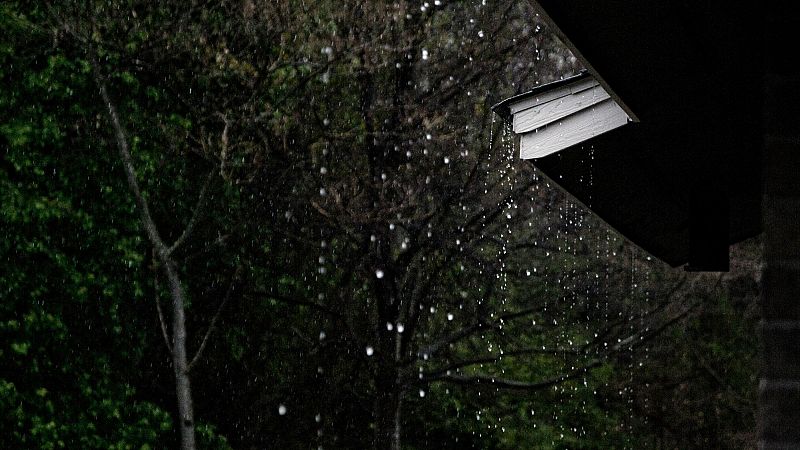
Rain could one day become a source of clean electricity, according to a group of scientists in Singapore.
Their experiments have been able to generate power from water droplets falling through a tube.
They say this could be a model for harnessing larger amounts of electricity from falling rain in the future.
Generating electricity from falling raindrops
Researchers from the National University of Singapore have used rain-like droplets moving through a tube to generate enough energy to light up 12 LEDs.
Their method uses the principle that when two materials come into contact, charged entities on their surfaces get a little nudge, like how rubbing a balloon on the skin creates static electricity.
Likewise, water flowing over some surfaces can gain or lose charge.
“Water that falls through a vertical tube generates a substantial amount of electricity by using a specific pattern of water flow: plug flow,” says Siowling Soh, author of the study published in the journal ACS Central Science.
“This plug flow pattern could allow rain energy to be harvested for generating clean and renewable electricity.”
Energy from rain: What is charge separation?
Running water is already widely used to generate electricity by moving a turbine - but this is constrained to locations with large volumes of water, like rivers.
The researchers say harnessing charge separation is a solution for smaller and slower volumes of water.
This phenomenon produces electrical charges as water moves through a channel with an electrically conductive inner surface.
However, charge separation can be extremely inefficient because the area where energy can be harvested is restricted to the surface that the water moves over.
To improve the output, the team designed a simple setup whereby water flowed out the bottom of a tower through a metallic needle and spurted rain-sized droplets into the opening of a tube.
The head-on collision of the droplets at the top of the tube caused a plug flow: short columns of water interspersed with pockets of air.
As water flowed down the inside of the tube, electrical charges separated. The water was then collected in a cup below the tube. Wires placed at the top of the tube and in the cup harvested the electricity.
A rain energy harvester on your roof?
The plug flow system converted more than 10 per cent of the energy of the water falling through the tubes into electricity.
Because the droplet speeds tested were much slower than rain, the researchers suggest the system could be used to harvest more electricity from falling raindrops.
They say that plug flow energy could be simpler to set up and maintain than hydroelectric power plants, and it could be convenient for urban spaces like rooftops.







